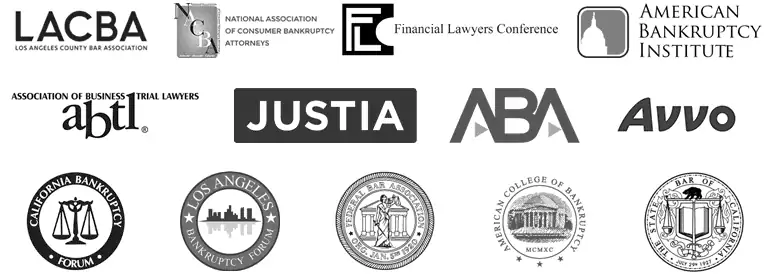All companies from time to time find themselves in the position of terminating an employee for no cause or dealing with employee layoffs. During the layoff or no cause layoff companies often turn to their standard separation agreement. If you are one of those companies you might want to perform a quick review of you standard California separation agreement. In recent years the Equal Employment Opportunity Commission “EEOC” and Securities Exchange Commission “SEC” as well as several other government agencies have begun to take a more assertive view of separation agreements.
In particular the EEOC has decided that employers shall not be allowed to include a clause conditioning severance benefits upon the employee’s promise not to file an action with the EEOC or from participating in an ongoing EEOC investigation. Further, the EEOC has concluded that including a carve out clause, prohibiting the employee from filing a claim shall be considered unlawful retaliation, and a direct violation of the employee’s federal rights.
The SEC is also cracking down on employment separation agreements. Many standard separation agreements contain a clause prohibiting the employee from disclosing or using confidential or proprietary information. The SEC has indicated that these clauses are a violation of the SEC’s Whistleblower rules, in particular SEC Rule 21F-17(a). SEC Rule 21F-17(a) forbids anyone from hindering anyone from contacting the SEC about potential securities law violations.
A well written separation agreement should provide protections for both the employee and the employer. The separation agreement should contain the following key elements:
- Separation pay and other benefits
- This clause should detail the exact amount of severance pay an employee will receive as well as any other compensation the employee will receive upon departing, i.e. vacation pay or reimbursements. This clause should also lay out any other benefits the employer will provide, i.e. medical.
- Reasonable Revocation Clause
- This clause should indicate how long the employee may have to review and execute the agreement.
- Covenant to not contest unemployment
- This clause should indicate that the employer will not oppose the employee’s unemployment claims.
- Reservations of Rights
- This clause should describe the employee’s rights to file a claim with the EEOC and or participate in an ongoing EEOC investigation.
- A non-disparagement clause
- This simple clause should state that the employer is prohibited from making any statements that disparage or criticize the employee and vice versa.
- Neutral reference clause
- This clause will disclose the employer’s standard reference guidelines.
- Mutual release
- This clause should describe any and all claims, known or unknown, upon which the employer and employee are releasing each other from.
- Attorney’s Fees and Legal Venue
- This clause should detail the venue for any legal disputes, i.e. JAMS in Orange County, and the parties should agree to pay their own legal fees.
- Severability clause
- The severability clause should detail how the separation agreement will remain valid in the event that a particular section is deemed not valid under the law.
Before you use your standard California employment separation agreement next, give it a good once over for clauses that could cause concern with the EEOC and SEC and verify that the above clauses are included to protect both you and your employee.


